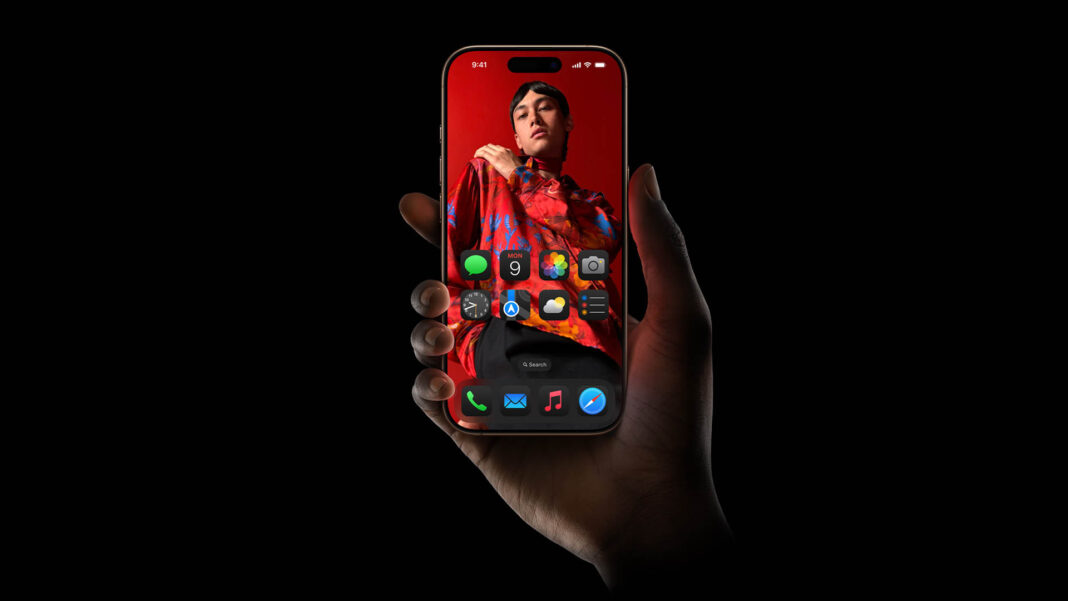Breaking Down the Camera and Design Secrets Behind Apple’s Most Anticipated Release: iPhone 17 and iPhone 17 Pro The wait is finally over, or so we thought. Ahead of its official unveiling, whispers of Apple’s latest iPhone models have sent tech enthusiasts into a frenzy. Leaked CAD renders have surfaced, offering a tantalizing glimpse into the iPhone 17 and iPhone 17 Pro’s revolutionary design, featuring a bold camera bar that promises to elevate the smartphone game. But what’s behind this stunning aesthetic? And how will these design changes impact the user experience? In this in-depth analysis, we’ll delve into the critical design shifts, innovative materials, and technical advancements that make the iPhone 17 and iPhone 17 Pro truly stand out from the competition.
Design Reveals
The latest CAD renders of the iPhone 17 Pro and iPhone 17 models have been shared, providing a detailed look at the upcoming designs. These renders corroborate prior reports and showcase a range of design changes that Apple is expected to implement in the upcoming models.
Unionjournalism has analyzed the CAD renders, which suggest that the iPhone 17 Pro and iPhone 17 models will feature a part-aluminum, part-glass design. This unique design element is expected to showcase a bold look and attention to detail.
The CAD renders also reveal a unique camera bar that spans the width of the device. The camera bar will house the triple-lens camera array coupled with a LiDAR scanner, an LED Flash, and a microphone. This design change is expected to impact the overall user experience and may require users to adapt to the new look.
Key Design Elements
The iPhone 17 Pro and iPhone 17 models are expected to feature several key design elements, including:
- Part-Aluminum, Part-Glass Design: The iPhone 17 Pro and iPhone 17 models are expected to feature a part-aluminum, part-glass design, which could showcase a bold look and attention to detail.
- Camera Bar: The camera bar will house the triple-lens camera array coupled with a LiDAR scanner, an LED Flash, and a microphone.
- Unique Part-Glass, Part-Aluminum Build: The devices are reported to move away from the conventional square camera bump design and have a unique camera bar that spans the width of the device.
Implications and Practical Aspects
Boosting Sales in China
Apple is expected to release the iPhone 17 and iPhone 17 Pro models in many regions, including China, which could boost sales in these markets. The new design elements are expected to appeal to Chinese consumers, who are known for their love of premium products.
Design Changes
The new design elements will likely impact the overall user experience and may require users to adapt to the new look. The unique camera bar and part-aluminum, part-glass design are expected to be major talking points among consumers.
Material Choices
The choice of materials, such as aluminum and glass, may affect the durability and performance of the devices. The use of glass and aluminum is expected to provide a premium feel and look, but it may also make the devices more prone to damage.
Analysis
Design Evolution
The new design elements suggest that Apple is pushing the boundaries of smartphone design and experimenting with new materials and approaches. The unique camera bar and part-aluminum, part-glass design are expected to be major design innovations.
User Expectations
The iPhone 17 and iPhone 17 Pro models will likely meet and exceed user expectations, given the attention to detail and innovative features showcased in the CAD renders. The new design elements are expected to appeal to consumers who are looking for a premium product with a unique look and feel.
Implications and Practical Aspects
Differentiation
The unique design elements will likely set the iPhone 17 Pro and iPhone 17 Pro Max apart from other devices in the market, providing a competitive edge. The new design elements are expected to appeal to consumers who are looking for a premium product with a unique look and feel.
Future-Proofing
The new design elements may also help Apple to future-proof its devices, allowing it to adapt to changing user needs and technological advancements. The use of glass and aluminum is expected to provide a premium feel and look, while also allowing for future design innovations.
Conclusion
In conclusion, the latest CAD renders of the iPhone 17 and iPhone 17 Pro have unveiled significant design changes that signal a bold new direction for Apple’s iconic smartphones. The most striking feature is the camera bar, which extends beyond the edges of the device, providing an uninterrupted visual experience. Additionally, the unique part-glass, part-aluminum build offers a striking contrast between the transparent glass and the aluminum frame. These design changes not only elevate the aesthetic appeal of the iPhone but also suggest a focus on durability and water resistance.
The significance of these design changes lies in their potential to disrupt the smartphone industry. Apple’s competitors, such as Samsung, will need to respond with innovative designs of their own to stay relevant. Moreover, the camera bar and unique build design may become the new standard for high-end smartphones, setting a new benchmark for quality and innovation. As the world’s most valuable company, Apple’s influence on the tech industry is unparalleled, and these design changes will undoubtedly shape the future of smartphone design.
As we look to the future, it’s clear that the iPhone 17 and iPhone 17 Pro will be game-changers in the world of smartphones. With their striking design and cutting-edge features, these devices will undoubtedly capture the hearts and minds of consumers worldwide. As Apple continues to innovate and push the boundaries of what is possible, one thing is certain: the future of smartphones has never looked brighter. The question is, what’s next? Will Apple continue to push the envelope, or will its competitors rise to the challenge? Only time will tell, but one thing is for sure – the future of smartphones is in good hands with Apple at the helm.
